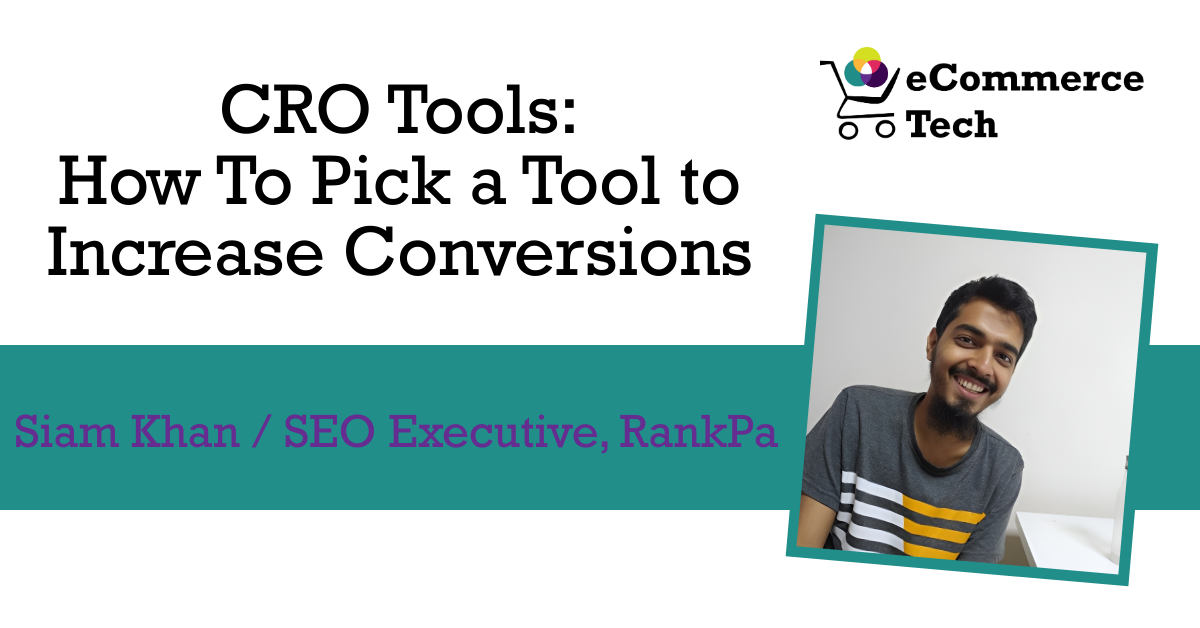Over the past two years, AI has gone from buzzword to baseline. If you are in advertising today, chances are you have been told AI will fix everything from poor performance to slow turnaround times to existential crises (kidding… sort of).
Yes, AI can run entire campaigns on autopilot. But the real question is: not what can AI do - what should it do? And what still needs a very human touch?
I am all in on automation. I am all for AI. I run a company that builds AI-powered ad infrastructure specifically for small businesses. AI is fast, scalable, and scarily efficient. Like an intern who never sleeps, never complains, and always remembers your naming conventions.
But if you let that intern make every creative and strategic call, that is when things start to slip.
What AI Does Well
AI is incredible at execution. It can spit out a hundred ad variations in minutes, A/B test across placements, and optimise in real time. You give it a goal and it gets to work with no coffee breaks, no creative blocks, no Slack notifications from three different departments.
Plug it in, switch it on, and voila, your campaign basically runs itself while you sip your flat white. Tempting, right?
One of my favourite examples is from Instituto Ler Plus, a creator-led education platform. Sandra, the founder, had built the brand organically, mostly through word of mouth. When she plugged into our platform, AI took over the heavy lifting, testing creatives, learning what resonated, and scaling what worked. Within a month, her reach jumped thirty percent, and she hit twenty-two dollars in sales for every one dollar spent on advertising. She was floored. I was thrilled but not surprised.
That is what AI is great at: volume, speed, and pattern recognition. It is simply phenomenal.
But Here Is What AI Does Not Know
I hate to say it, but AI does not have taste yet. It doesn't know your brand's tone or why your Atlanta audience might not appreciate an image that works perfectly in Dubai. It does not feel like a moment. It cannot see nuance. And it definitely does not know when a headline gives boardroom brainstorm instead of banger.
I love automation, truly, madly, deeply. But the idea that AI can replace strategic thinking is, frankly, wishful thinking on a deadline.
This is where real growth happens, in the combination of machine learning and human knowing.
Imagine a retailer with everything technically set up. The pixel is firing, the campaigns are live, and the budget is decent. But sales are sluggish. Once a strategic review reframes their best-selling products for a specific audience, positions them in smarter placements, and leans into brand personality, not just the product, performance shifts. Suddenly, new customer traffic increases significantly and sales spike.
It would not be up to AI to find that angle; it would be up to humans. You.
The Full Autonomy Fantasy
Here is a hot take I have tested in boardrooms and backchannels: full autonomy is overrated.
The best outcomes do not come from AI alone. They come from collaboration.
Think about a wellness brand with a deeply personal message and limited resources. Their founder creates brilliant educational content rooted in trust, but their reach is limited. Once AI steps in to handle distribution and multivariate testing, that message finally lands with the right audience, in the right format, at the right time.
Sales soar, but not because AI took over. Because strategy led, and AI followed.
So What Does This All Mean for Marketers?
The future is not AI only. It is AI first, human-guided.
Marketers who thrive in this new landscape will not be the ones who hand over the reins entirely. They will be the ones who know when to lean on AI for speed and when to step in with insight, taste, and context.
Let AI help you launch faster, learn quicker, and scale smarter. But do not forget to lead. Your thinking, creative, strategic, and yes, sometimes a little chaotic, is still the edge no machine can replicate.
I have seen it play out time and again. The most magical campaigns come from marketers who know how to use the tools without becoming them.
Let AI do what it does best. Then step in and do what only you can do.






